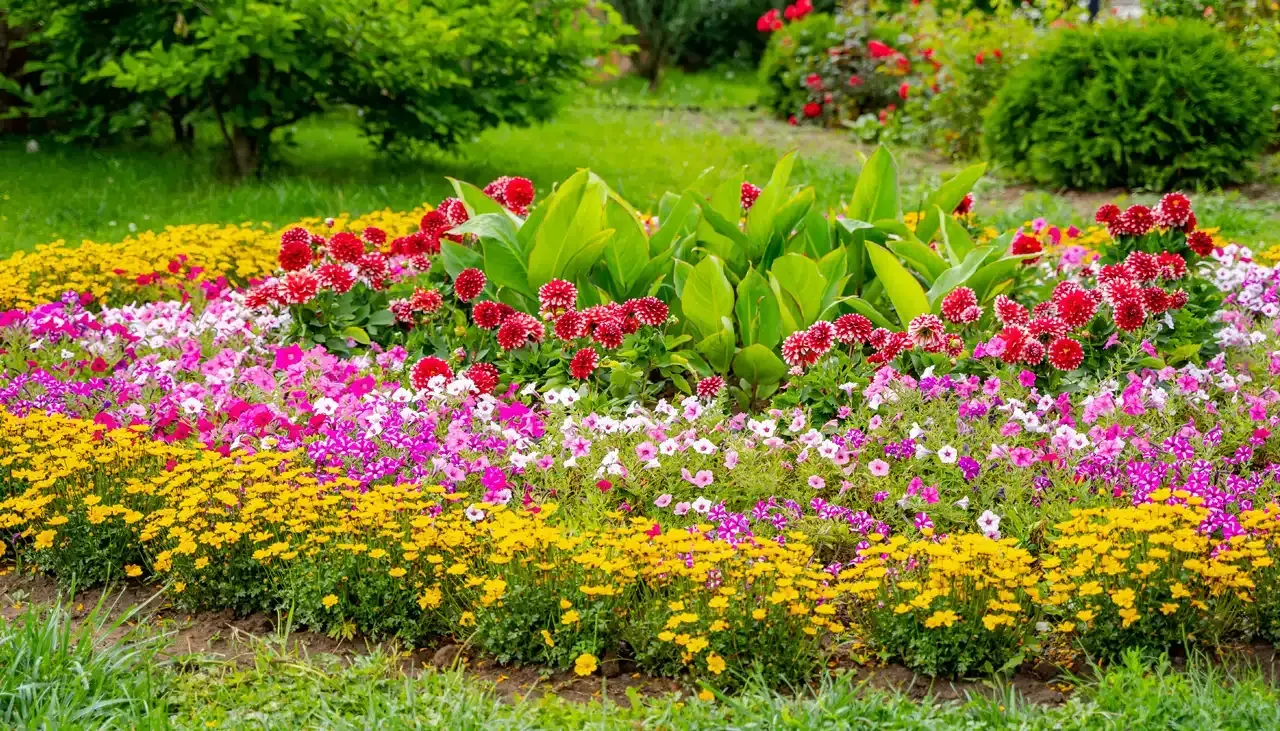Best Practices for Protecting Your Plants from Houston’s Summer Storms
How to Protect Your Plants from Houston’s Summer Storms
Houston is known for its vibrant culture, dynamic energy, and unpredictable weather. From scorching summers to sudden storms, protecting your plants from our city’s climate is essential to maintaining a thriving garden.
This guide explores some of our best practices for keeping your plants safe.
Understanding Houston’s Climate
Houston experiences a humid subtropical climate characterized by hot summers, mild winters (most of the time), and high humidity. Rainfall is abundant, especially in spring and early summer, while thunderstorms and hurricanes bring strong winds. These weather conditions can be harsh on plants.
Essential Plant Protection Techniques
Windbreaks
Windbreaks are structures or planting techniques designed to reduce wind speed. Living windbreaks, like strategically planted trees or shrubs, and structural windbreaks, like fences and walls, can shield delicate plants from wind damage and provide much-needed shelter during stormy weather.
In Houston, windbreaks should be oriented perpendicular to the stronger winds that typically come from the south and southeast.
Staking and Tying
Staking and tying techniques support fragile or young plants. Using stakes driven into the ground and tying the plants to the stakes provides stability and prevents breakage due to strong winds and heavy rain. Ensure the ties are tight enough to avoid damaging the plants.
Mulching
Mulching is an excellent technique for protecting plants from Houston’s fluctuating temperatures and conserving soil moisture. A layer of mulch can (1) insulate the roots, keeping them cool in the summer, (2) prevent soil erosion during heavy rains, reducing the risk of root damage, and (3) enrich the soil as it decomposes.
Sheltering
During extreme weather, temporarily sheltering delicate or unestablished plants may be necessary. Portable structures like cloches, cold frames, or simple tarps can shield plants from excessive rain, wind, and sun. These shelters can also protect against frost damage during unexpected cold snaps.
Pruning
Regular pruning helps maintain plant health and makes plants more resilient to Houston’s weather conditions. Removing dead or weak branches reduces the risk of wind damage, as these branches are the most likely to break during storms. Pruning also improves air circulation within the plant, which can help prevent diseases that thrive in Houston’s humid environment.
Choosing the Right Plants for Houston Weather
Selecting climate-friendly plants for Houston is crucial in creating a resilient garden. Some plants are naturally more resistant to weather extremes and can thrive with less intervention. Here are five things to consider when planning your garden:
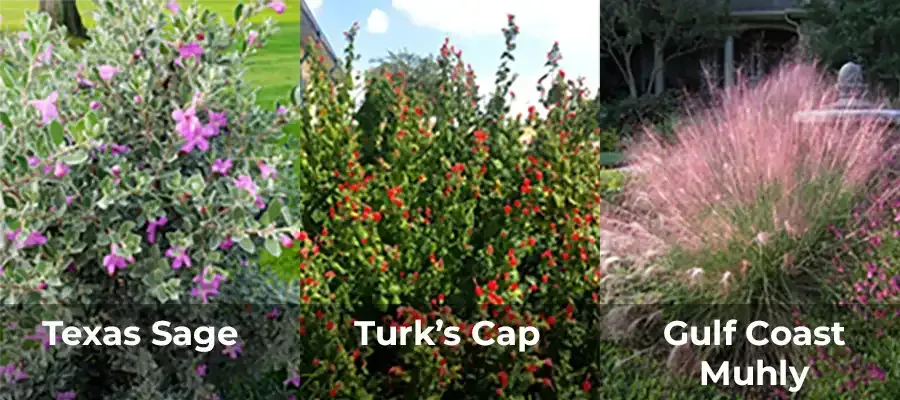
Native Plants
Native plants are well-adapted to Houston’s climate and soil conditions. They typically require less water and are more resistant to local pests and diseases.
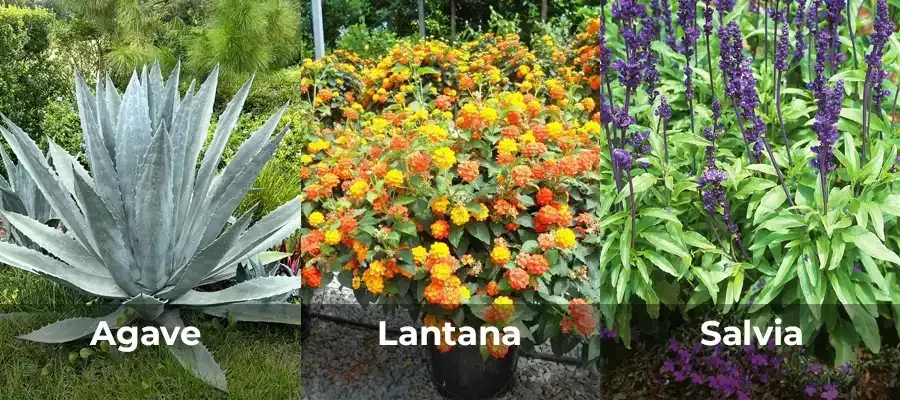
Drought Tolerant
During the hot summer months, drought-tolerant plants can withstand dry conditions better than others.
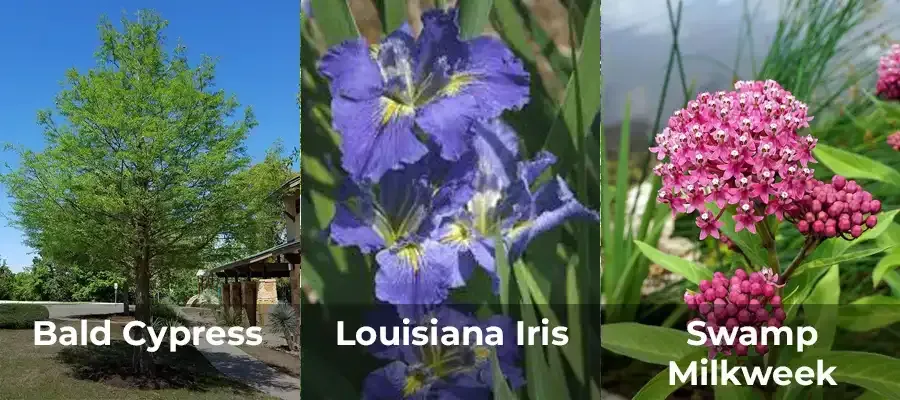
Flood Resistant
Houston’s heavy rains can lead to waterlogged soil. Flood-resistant plants are well-suited to areas prone to flooding.
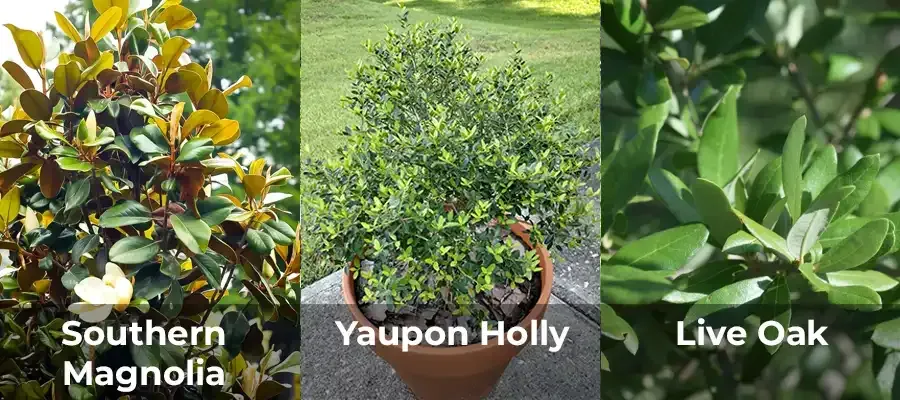
Wind Resistant
Plants with sturdy stems and flexible branches are better able to withstand strong winds.
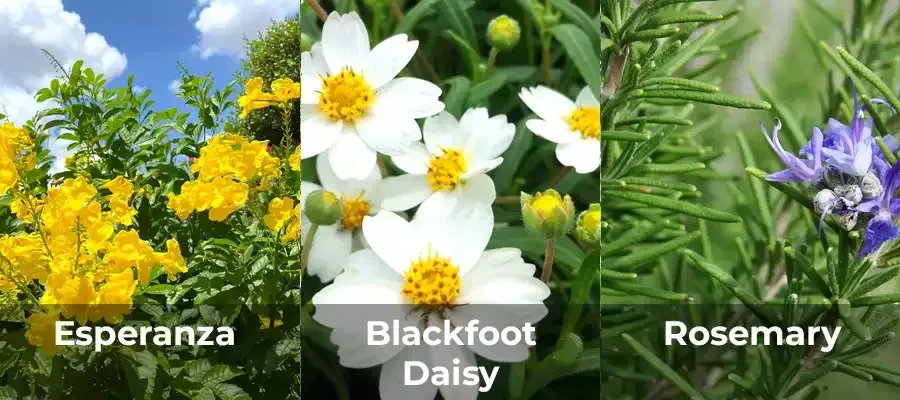
Heat Resistant
For gardens exposed to intense sun and heat, choose plants that can tolerate high temperatures.
By carefully selecting plants that are well-suited to Houston’s weather and employing effective protection techniques, you can create more resilient gardens that require less maintenance and can withstand the challenges of Houston’s climate.
Rosehill Palms
18511 FM 2920 Rd, Tomball, TX 77377
Proud member of the
Please feel free to contact us via the form below. We will give you an answer as soon as possible!
Contact Form Blog
We will get back to you as soon as possible.
Please try again later.
Rosehill Palms | Developed by Urdaneta Group WSI | All Rights Reserved 2025
Rosehill Palms | Developed by WSI Houston | All Rights Reserved 2024



